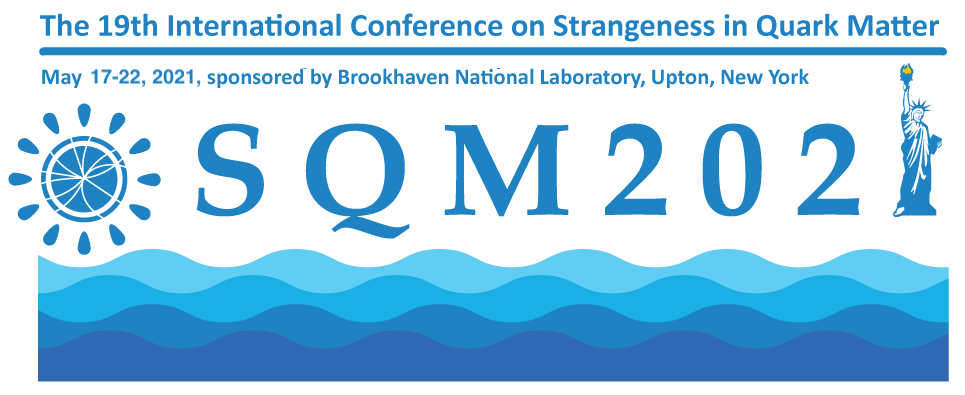Speaker
Description
We show that high-$p_{\perp}$ $R_{AA}$ and $v_2$ are way more sensitive to the QGP thermalization time, $\tau_0$, than the distributions of low-$p_{\perp}$ particles, and that the high-$p_{\perp}$ observables prefer relatively late thermalization at $\tau_0$ ∼ 1 fm/c. To calculate high-$p_{\perp}$ $R_{AA}$ and $v_2$, we employ our newly developed DREENA-A formalism, which combines state-of-the-art dynamical energy loss model with 3+1 dimensional hydrodynamical simulations. The model applies to both light and heavy flavor, and we predict a larger sensitivity of heavy observables to the thermalization time. Elliptic flow parameter $v_2$ is also more sensitive to $\tau_0$ than $R_{AA}$ due to non-trivial differences in the evolution of in-plane and out-of-plane temperature profiles. This presents the first time when a parameter describing bulk QGP has been constrained by high-$p_{\perp}$ observables and related theory, i.e., by so-called QGP tomography.
